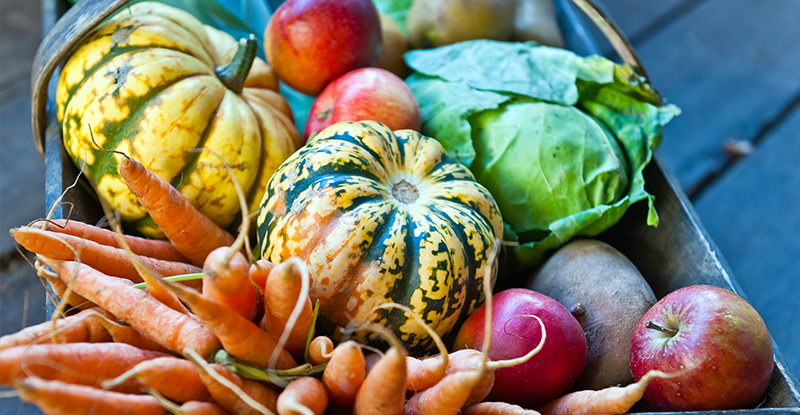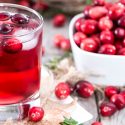How to Eat Seasonally in the Winter
 You already know how important it is to eat seasonally. It’s cheaper, better for the environment, and the produce is generally more nutritious because it doesn’t travel as many miles or sit on the shelf as long. It sure is easy when the weather is warm and farmer’s markets are on every corner! But what do we do now that the price of produce is sky-high because it comes from California, Florida, or Mexico? Fear not, my friends! I have some cold-weather tips to help you keep it seasonal!
You already know how important it is to eat seasonally. It’s cheaper, better for the environment, and the produce is generally more nutritious because it doesn’t travel as many miles or sit on the shelf as long. It sure is easy when the weather is warm and farmer’s markets are on every corner! But what do we do now that the price of produce is sky-high because it comes from California, Florida, or Mexico? Fear not, my friends! I have some cold-weather tips to help you keep it seasonal!
- Plan meals around root vegetables like carrots, turnips, beets, potatoes, sweet potatoes, parsnips onions, leeks, and rutabagas. These have a longer shelf life, are cheaper, and lend themselves well to baking, roasting, soup making.
- Winter squash is nutritious and delicious to boot. Try butternut, spaghetti, acorn, Hubbard, or pumpkin.
- Dry beans are filling, high in fiber and protein, and low in fat. Buy them dry and cook them yourself for frugality. Soak them for a day in water in the refrigerator, discard the water and then cook to cut down on the “magical” part!
- Keep the Brussels sprouts, cauliflower, cabbage and broccoli on your menu during these blustery days.
- Many greens are grown in greenhouses all year so they are cheaper. Spinach, collards, mustard greens, and endive are a few. No need to give up on salad if you don’t want to.
- Winter fruits include oranges, tangerines, clementines, grapefruit, kiwis, pomegranates, lemons, persimmons, and bananas.
- Use whole grains like brown rice, quinoa, millet, wheat berries, barley, and farro to complete your meals.
- Frozen vegetables are as good as fresh to fill in the gaps. They are frozen at the peak of ripeness, so they retain their nutrition!
- Use your favorite recipe websites to find new, healthy recipes to keep things interesting. One of my favorites is Eating Well.
What is your favorite way to eat seasonally during the winter months?



